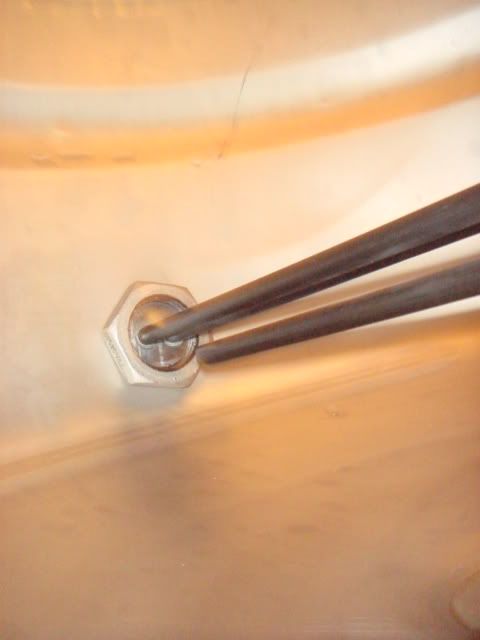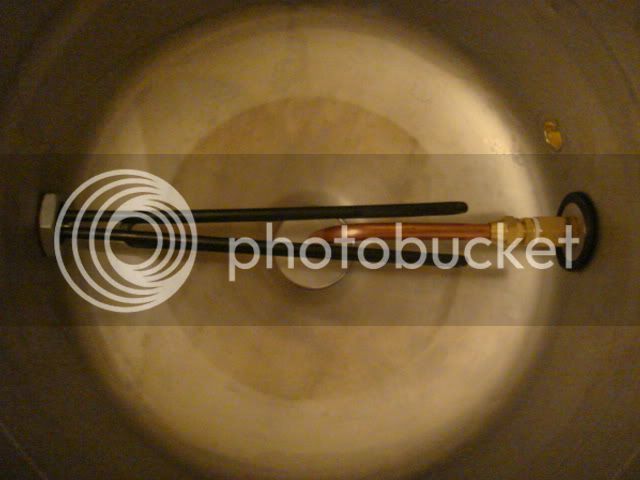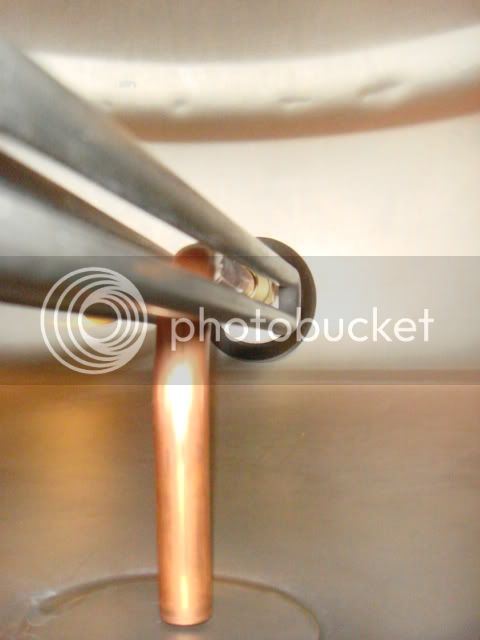bblack7489
Well-Known Member
This topic came up in a thread that I was asking about the best way to automate the stirring of an HLT. Specifically I was asking about paddles and planning on using a cheap harbor freight drill or the guts of an old cordless drill. Each had their own problems, but someone suggested that I use an aquarium air pump.
The theory was that the stream of bubbles creates enough agitation in the water to help mix it. I ran one ill-fated test last week, but I tried again this weekend with a new digital thermometer. It works...really well actually.
I was surprised by the results, but I figured I'd share them.
The theory was that the stream of bubbles creates enough agitation in the water to help mix it. I ran one ill-fated test last week, but I tried again this weekend with a new digital thermometer. It works...really well actually.
I was surprised by the results, but I figured I'd share them.







